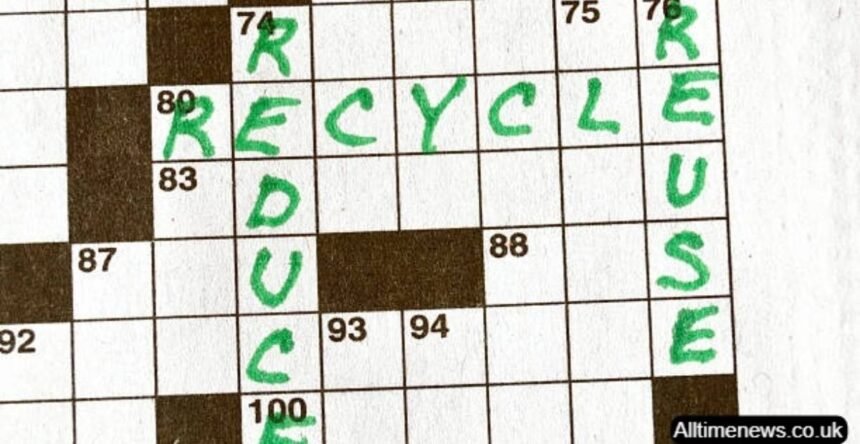Introduction to the New York Times Crossword
The New York Times Crossword offers a daily mental challenge with its clever clues and diverse themes. Each puzzle provides a unique opportunity to test your vocabulary and problem-solving skills, making the experience both engaging and rewarding.
One such intriguing clue that may leave solvers pondering is “Australian licorice.” This clue refers to a specific type of licorice popular in Australia. Let’s explore this clue and reveal its possible answer!
The Clue: Australian Licorice
The clue “Australian licorice” refers to a type of licorice commonly found in Australia, known for its unique flavor or characteristics. The answer is a term associated with this type of confectionery.
Possible Answer
ALLSORTS: This term describes a variety of licorice confectionery that is popular in Australia, known for its assortment of flavors and colors.
You may also like
- Letters Beside Chuck Schumer’s Name NYT Clue & Answers
- Rideshare Option for a Small Group NYT Clue & Answers
- Wildcat’s Lair NYT Crossword Clue & Answers
- So So in Modern Slang NYT Crossword Clue & Answers
- Arranging in a Knot NYT Crossword Clue & Answers
The Joy of Wordplay in Crosswords
Crossword puzzles offer a unique blend of mental challenge and entertainment. The fun comes from interpreting clever clues and discovering the right answers. The NYT crossword is a favorite among enthusiasts because it sharpens vocabulary and problem-solving skills, adding to the overall enjoyment.
Tips for Solving NYT Crossword Clues
Solving the NYT crossword is both challenging and rewarding. Each puzzle pushes you to think creatively, improving your problem-solving skills along the way.
- Use a pencil: Mistakes happen, and it’s easier to correct them with a pencil.
- Think carefully: Consider alternative meanings or wordplay before filling in your answer.
- Be patient: Some clues require a moment of reflection to unlock their full meaning.
Conclusion
The clue “Australian licorice” leads to the answer ALLSORTS, a type of licorice known for its variety in flavors and colors. Understanding this term enhances your crossword-solving experience and adds to the enjoyment of the puzzle.
